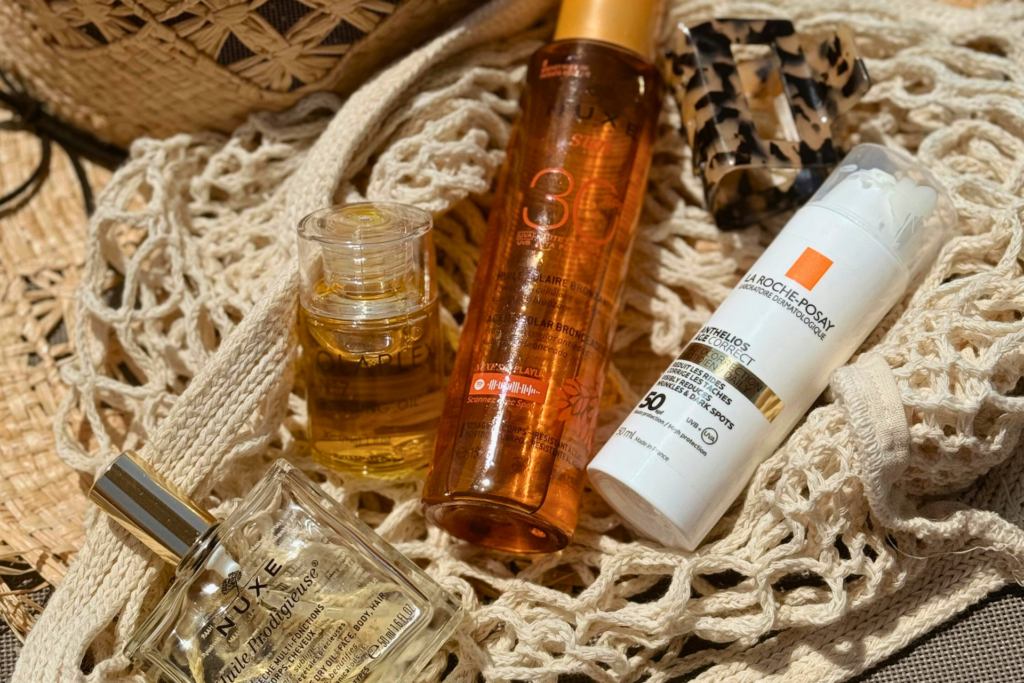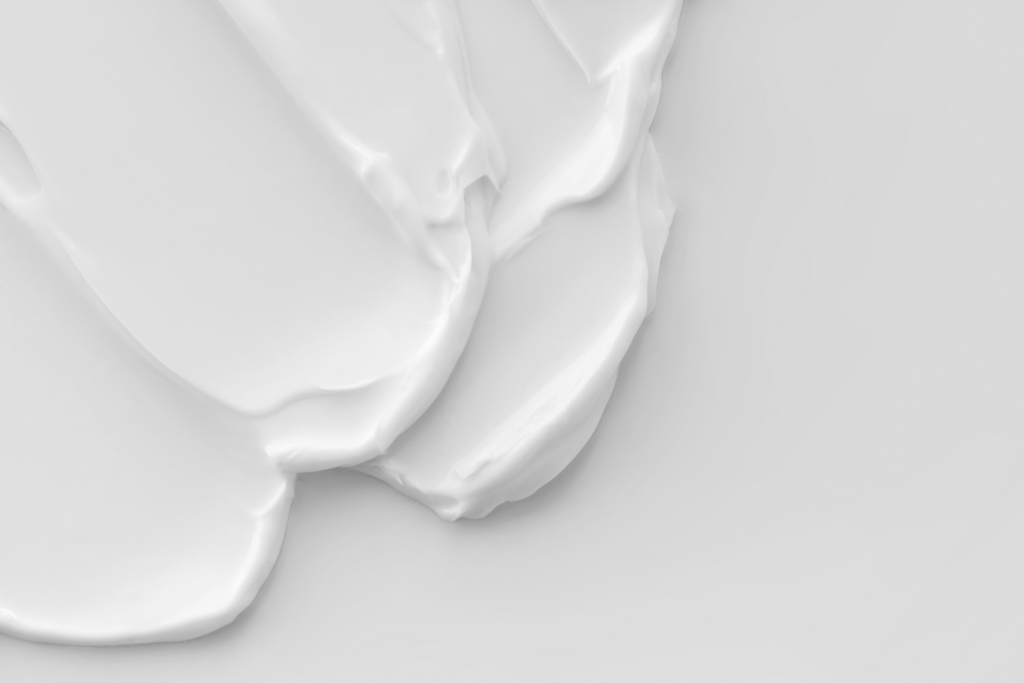When it comes to sun protection, the market offers two main types of sunscreen: mineral and chemical. Both types protect your skin from the sun’s harmful ultraviolet (UV) rays, but they work in distinct ways and cater to different preferences and skin needs. Let’s break down the differences, benefits, and potential drawbacks of each type so you can make an informed choice.
What Are Mineral Sunscreens?
Mineral sunscreens, also known as physical sunscreens, use active mineral ingredients like zinc oxide and titanium dioxide to create a physical barrier on the skin. This barrier reflects and scatters UV rays away from the skin. Think of it as a shield that sits on top of your skin, offering immediate protection.
Pros of Mineral Sunscreens
- Immediate Effectiveness: Since they don’t need to be absorbed, mineral sunscreens work as soon as they are applied.
- Broad-Spectrum Protection: They naturally provide broad-spectrum protection against both UVA and UVB rays.
- Gentle on Skin: Mineral sunscreens are ideal for sensitive skin types, including those prone to rosacea or acne, as they are less likely to cause irritation.
- Eco-Friendly Options: Many mineral sunscreens are reef-safe, meaning they don’t contain chemicals that harm marine ecosystems.


Cons of Mineral Sunscreens
- White Cast: They can leave a noticeable white residue on the skin, particularly on darker skin tones.
- Thicker Texture: Mineral sunscreens are often thicker and harder to blend into the skin.
- Frequent Reapplication: Because they sit on the skin’s surface, mineral sunscreens can be easily rubbed or washed off.
What Are Chemical Sunscreens?
Chemical sunscreens, on the other hand, use active ingredients like avobenzone, oxybenzone, and octisalate to absorb UV rays and convert them into heat, which is then released from the skin. These sunscreens penetrate the top layers of skin to provide protection.
Pros of Chemical Sunscreens
- Lightweight Texture: They are typically lightweight, making them easier to blend and more suitable for daily use under makeup.
- Invisible Finish: Unlike mineral sunscreens, chemical sunscreens don’t leave a white cast, making them more suitable for all skin tones, blending seamlessly into makeup.
- Water-Resistant Options: Many chemical sunscreens are formulated to stay effective during swimming or sweating.

Cons of Chemical Sunscreens
- Hormonal Disruptions: Some chemical ingredients can cause irritation or allergic reactions, especially for sensitive skin types. They can also potentially disrupt hormones and cause health issues with repeated use. *These statements are still being studied and documented.
- Environmental Concerns: Ingredients like oxybenzone and octinoxate have been linked to coral reef damage, prompting bans in some regions.
- Delayed Effectiveness: Chemical sunscreens need about 15-20 minutes to absorb and start working.
- Heat Sensitivity: The heat released during UV conversion can exacerbate redness or irritation in some skin conditions.
Key Differences Between Mineral and Chemical Sunscreens
| Aspect | Mineral Sunscreen | Chemical Sunscreen |
|---|---|---|
| Active Ingredients | Zinc oxide, Titanium dioxide | Avobenzone, Oxybenzone, Octisalate |
| Mechanism | Reflects UV rays | Absorbs UV rays and converts to heat |
| Skin Feel | Thicker, can leave a white cast | Lightweight, blends easily |
| Reef Safety | Generally reef-safe | Some ingredients harmful to reefs |
| Suitability | Great for sensitive skin | Suitable for daily use, makeup-friendly |
I will never choose between UV protection and beauty again.
– Hillary Fogelson
How to Choose the Right Sunscreen for You
The choice between mineral and chemical sunscreen largely depends on your skin type, lifestyle, and personal preferences:
- For Sensitive or Acne-Prone Skin: Mineral sunscreens are often the better choice due to their gentle formulation.
- For Everyday Wear Under Makeup: Chemical sunscreens, with their lightweight texture and invisible finish, may be more practical.
- For Outdoor Activities: If you’re swimming or sweating, opt for a water-resistant sunscreen. Both mineral and chemical options are available, but be sure to reapply as needed.
- For Eco-Conscious Shoppers: Look for reef-safe labels, particularly in mineral sunscreens.

The Bottom Line
Both mineral and chemical sunscreens offer effective sun protection, but they do so in different ways. Understanding these differences can help you pick a product that suits your skin type and lifestyle. Regardless of your choice, the most important factor is consistency—wear sunscreen every day to protect your skin from UV damage and reduce the risk of premature aging and skin cancer.
Do you have a favorite sunscreen type? Share your thoughts and experiences in the comments below!


